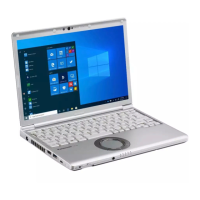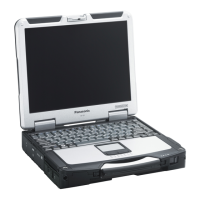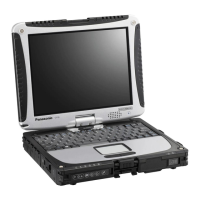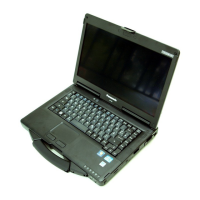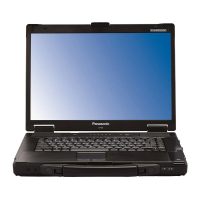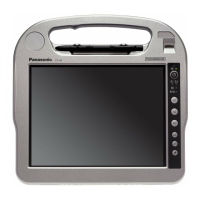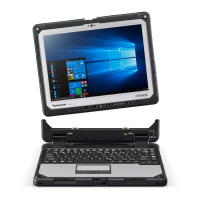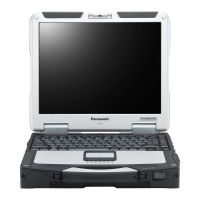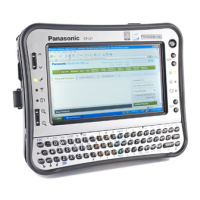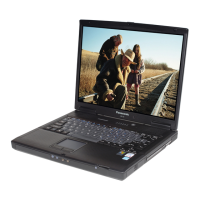35
Getting Started
2
Select the file to be imported and
click [Open].
If [User Account Control] is displayed, click
[Yes].
The settings are imported.
•
If [Skip] is clicked in the “Save Permission
Information” screen when saving the
settings, when these settings are imported,
the entry screen for the supervisor password
is displayed.
The execution results are displayed on the
•
screen.
CAUTION
Settings that cancel the following functions
•
cannot be saved for security reasons.
Windows Firewall
•
Execute-Disable Bit Capability •
Hard Disk Lock •
A startup password (supervisor or user
•
password) that has already been set cannot be
changed when a profile is imported.
The following functions require a supervisor
•
password to be entered when they are set in
the Security Setting Utility.
Execute-Disable Bit Capability
•
Hard Disk Lock •
The following functions require logging on to
•
an administrator’s user account before setting
in the Security Setting Utility.
Windows Firewall
•
Automatic updating •
Standard user creation •
Logon method •
When multiple folders encrypted with the
•
Encrypting File System are created, only the
information for the folder created last is saved.
The import results are saved in a file called
•
ssulog.txt in the “Documents” folder.
NOTE
You can also import settings without starting up
•
the Security Setting Utility. The execution results
are not displayed if the importing and setting are
performed correctly.
Double-click the file containing the saved
•
settings in Explorer.
Specify with an argument when starting
•
up the Security Setting Utility (for network
administrators).
Wild cards cannot be used.
About the screensaver set in [Operation When
•
Away]
The screensavers installed in the Windows
system folder are displayed in a list. Select an ID
or file name that is displayed in the list.
DFQW5600ZABasicManualCF-S10.indb35DFQW5600ZABasicManualCF-S10.indb35 2011/11/1514:08:012011/11/1514:08:01
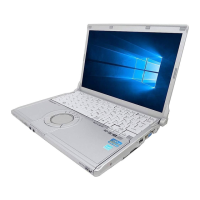
